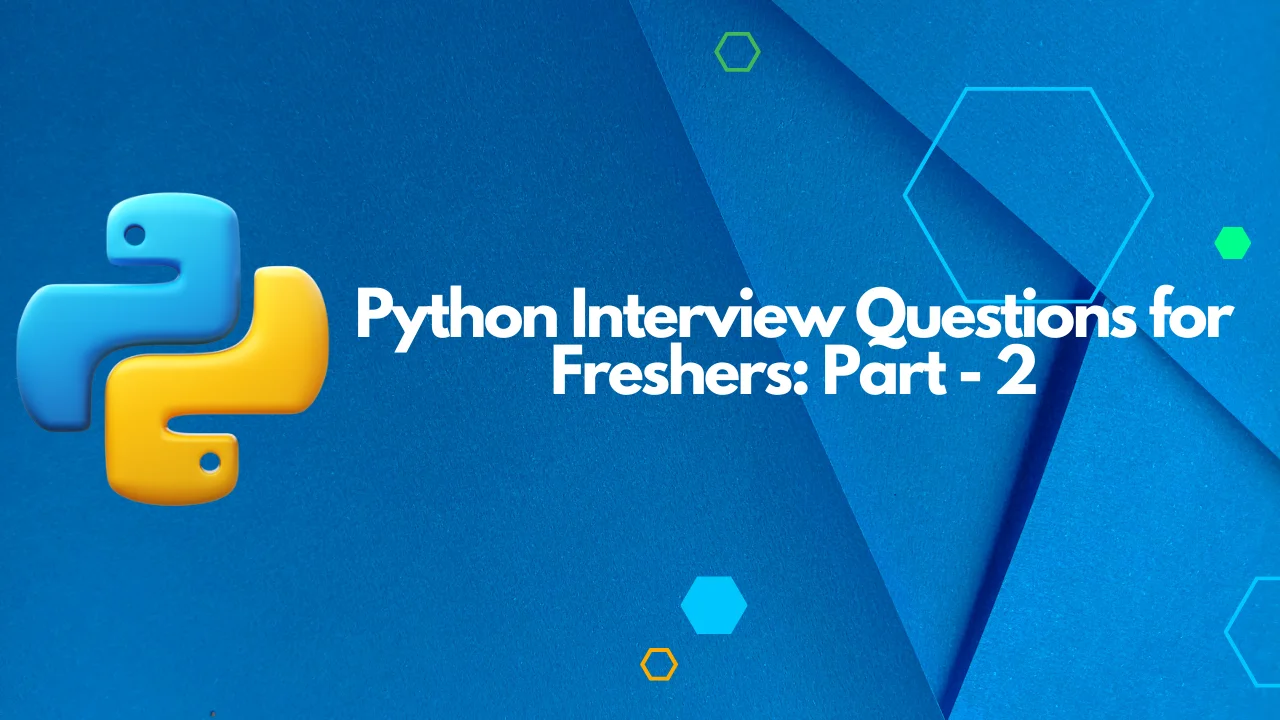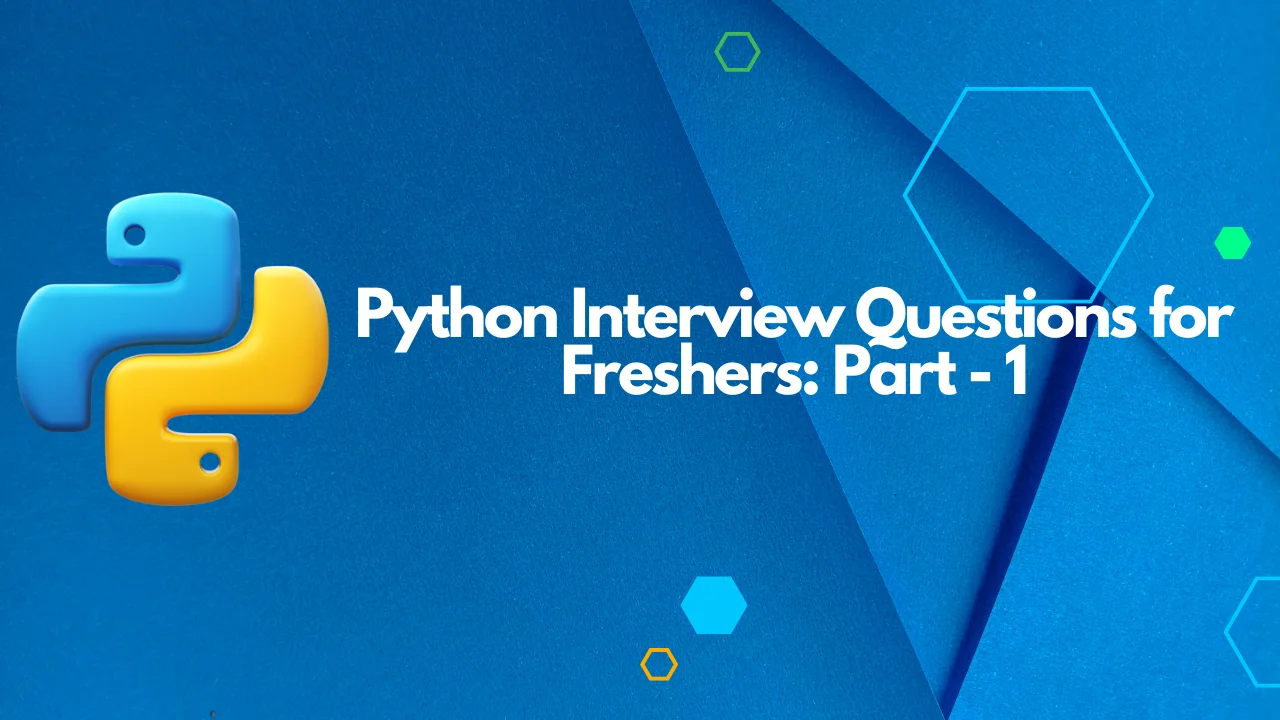Python Interview Questions for Freshers: Part - 2

11. What is the use of self in Python?
‘self’ is a convention in Python used to represent the instance of a class. It is the first parameter in methods and is used to access and modify attributes or call other methods within the class.
12. What is init?
‘init’ is a special method in Python classes used to initialize objects. It gets executed automatically when a new instance of the class is created and is commonly used to initialize instance variables.
13. What is a break, continue, and pass in Python?
‘break’ is used to exit a loop, ‘continue’ is used to skip the current iteration and continue with the next iteration, while ‘pass’ is a no-operation placeholder statement.
14. What are unit tests in Python?
Unit tests are used to validate individual units or components of a software application in Python. They check if each part of the program performs as expected, ensuring the correctness of small sections of code.
15. What is docstring in Python?
A docstring is a string literal used to document Python modules, classes, functions, or methods. It serves as a documentation tool, providing information about the purpose, usage, and parameters of the code.
16. What is slicing in Python?
Slicing in Python is a technique used to extract a portion of a sequence (like a list, string, or tuple) by specifying a start and end index. It creates a new sequence containing elements from the original based on the specified indices.
17. How do you create an executable Python Script on Unix?
You can make a Python script executable on Unix by adding a shebang line at the beginning of the script (e.g., #!/usr/bin/env python3), setting the executable permission using chmod +x script.py, and running it directly with ./script.py.
18. How do Python arrays differ from lists?
Python lists can contain elements of different data types and are resizable. On the other hand, arrays in Python (from the array module) hold elements of the same data type and have a fixed size once created. Arrays offer more efficient storage and operations for homogeneous data compared to lists.
In conclusion,
Python interview questions offer a solid foundation for freshers. Embracing these concepts ranging from basics to essential libraries—equips newcomers to confidently tackle interviews and embark on a successful Python-oriented career journey. With practice and understanding, mastering these fundamentals becomes a stepping stone to thriving in the programming landscape.
Ready to take your Python skills to the next level? Explore our top-notch Python Training in Chennai. Our expert instructors and hands-on approach ensure that you not only ace interviews but also thrive in real-world scenarios. To kickstart your journey to Python excellence, contact us at +91 9655-333-334. Secure your future today with the best Python Training in Chennai. Don’t miss out on the chance to propel your career forward!






